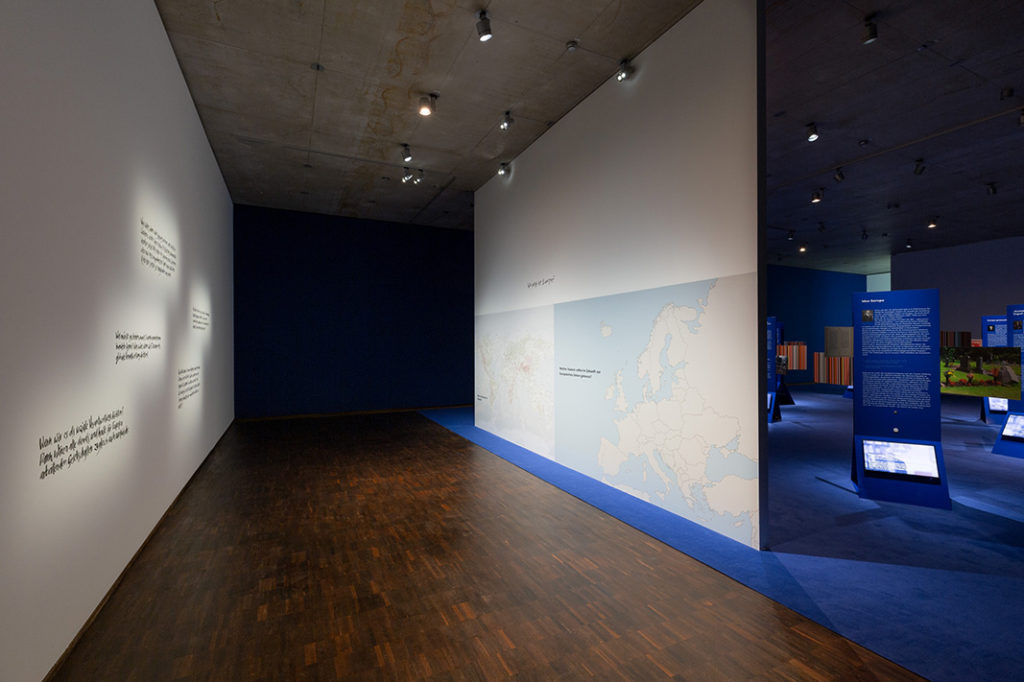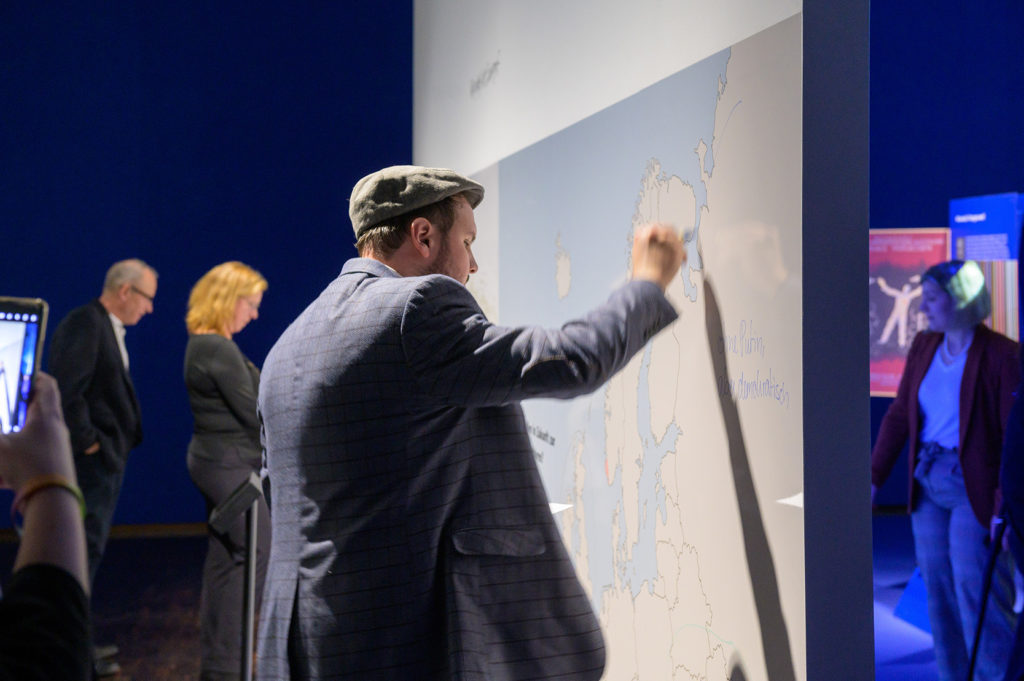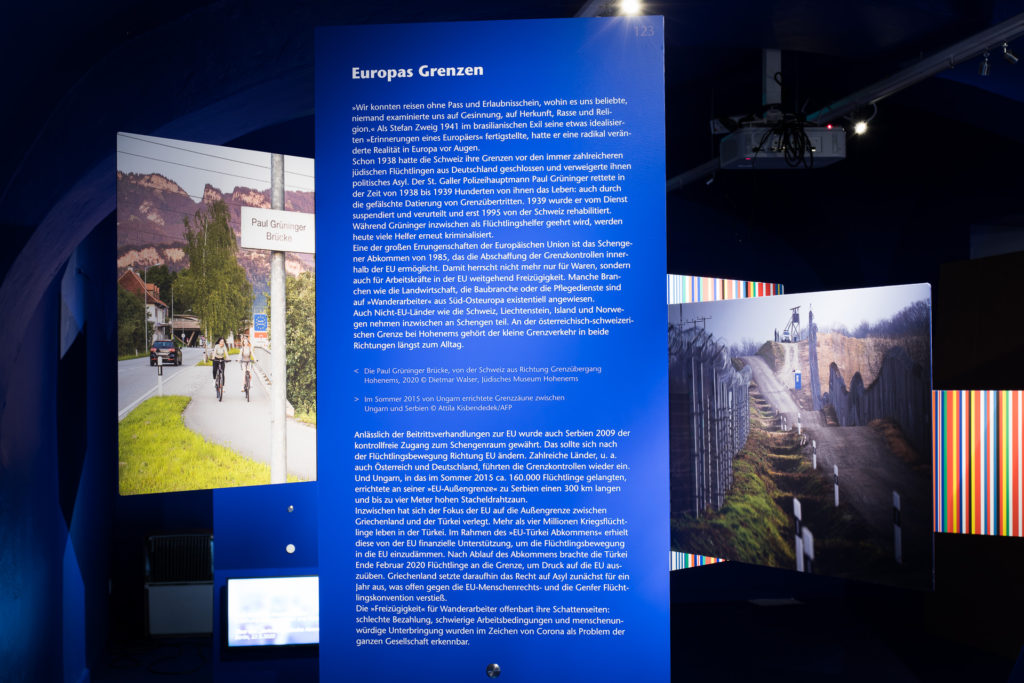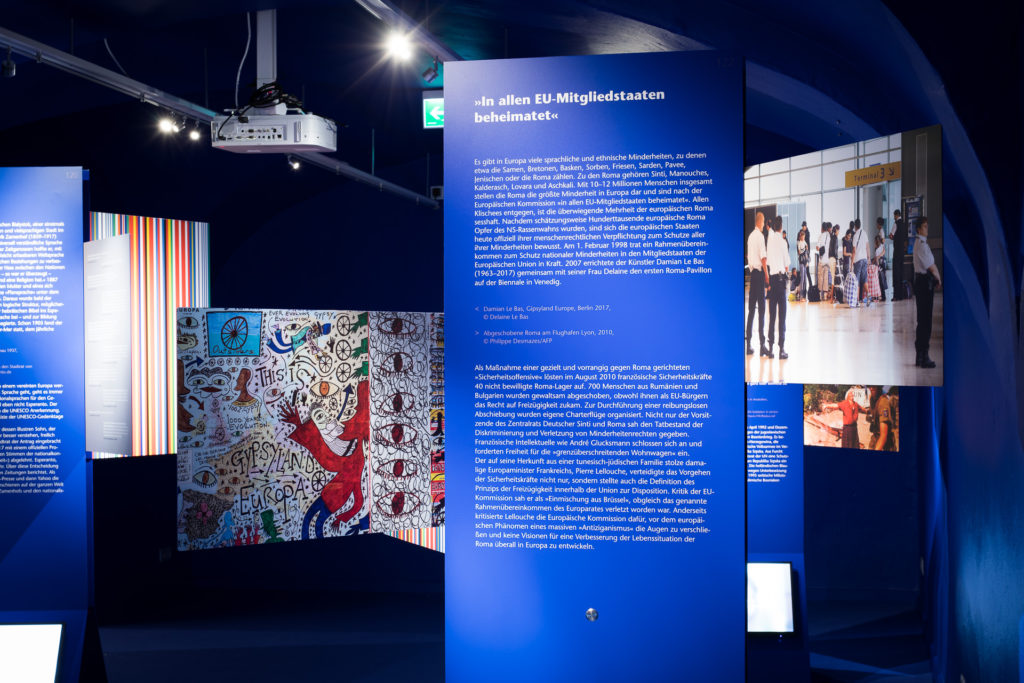
Photo: Eva Jünger
What if we were asked what Europe actually means to us?
How do we want to define Europe?
Is Europe our home, a “Heimat”? Is it more or less home than Central Europe, Austria, Germany, Bavaria, Munich, Hohenems?
Is Europe a continent or, indeed, just a subcontinent? Does it constitute a geographic entity? Is it the sum total of individual nation states or a historical-cultural entity?
Is there such a thing as the European canon of values? And are all of Europe’s borders in Europe? What if we were asked with which countries further EU-accession negotiations should be conducted? With all 47 European countries or just with a few selected ones? And according to which criteria should they be invited?
What if we could resume travel within Europe without any restrictions? Where would we definitely refuse to travel? Where would we rather not be? How important is freedom of movement in Europe to us?
Which borders do we need—and which do we not want?What if we had a European parliament with true authority? What if there was a European sovereign? How democratic would Europe then be?
What if we perceived Europe in a completely different way? If we perceived it as a historical responsibility? Then, cities like New York, Tel Aviv, Beirut, and many others might be European cities.
If we perceived it as a social responsibility? Then all societies working for Europe then and now would simultaneously be European societies as well. What needs to happen so that Europe can act in unison? What if we perceived Europe as a global responsibility?
- Photo: Daniel Schvarcz
- Photo: Eva Jünger
What will our visitor’s comments be in Munich?

Photo: Daniel Schvarcz
Here is what our visitors left on the maps in Hohenems by February 17, 2021 (update will follow):
Many answers to many European questions – and some new questions




